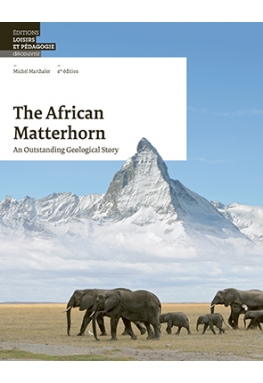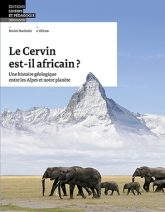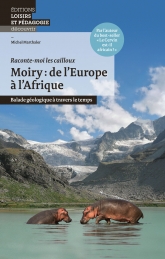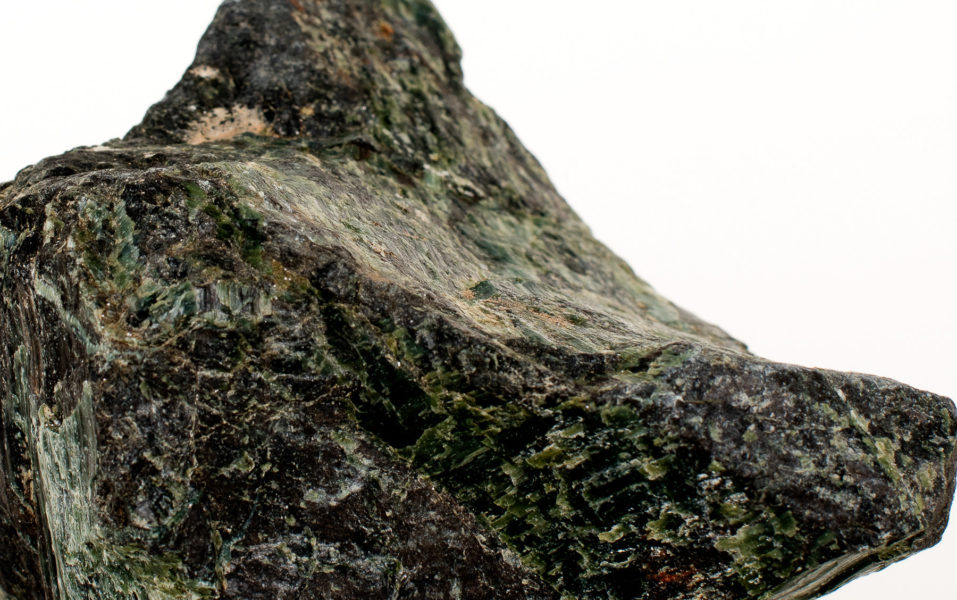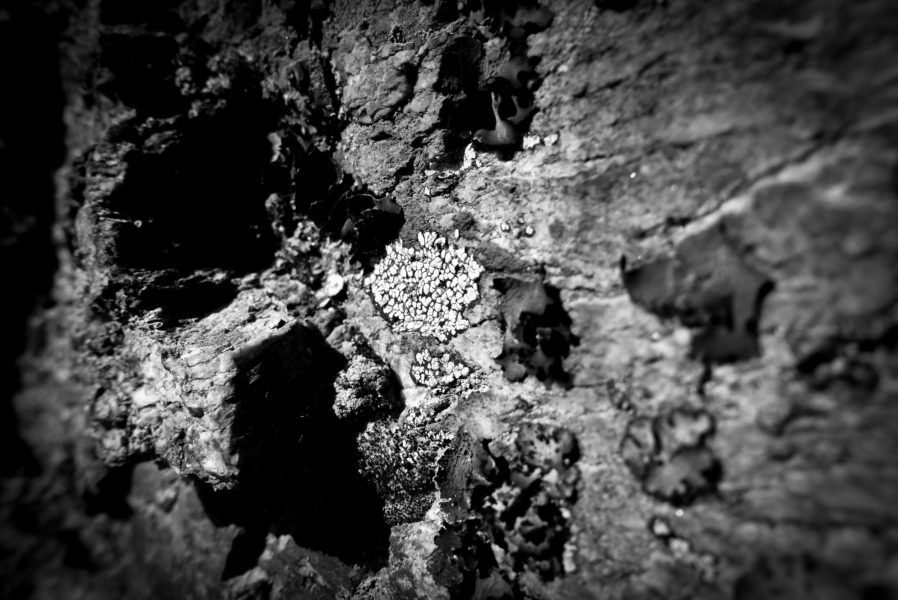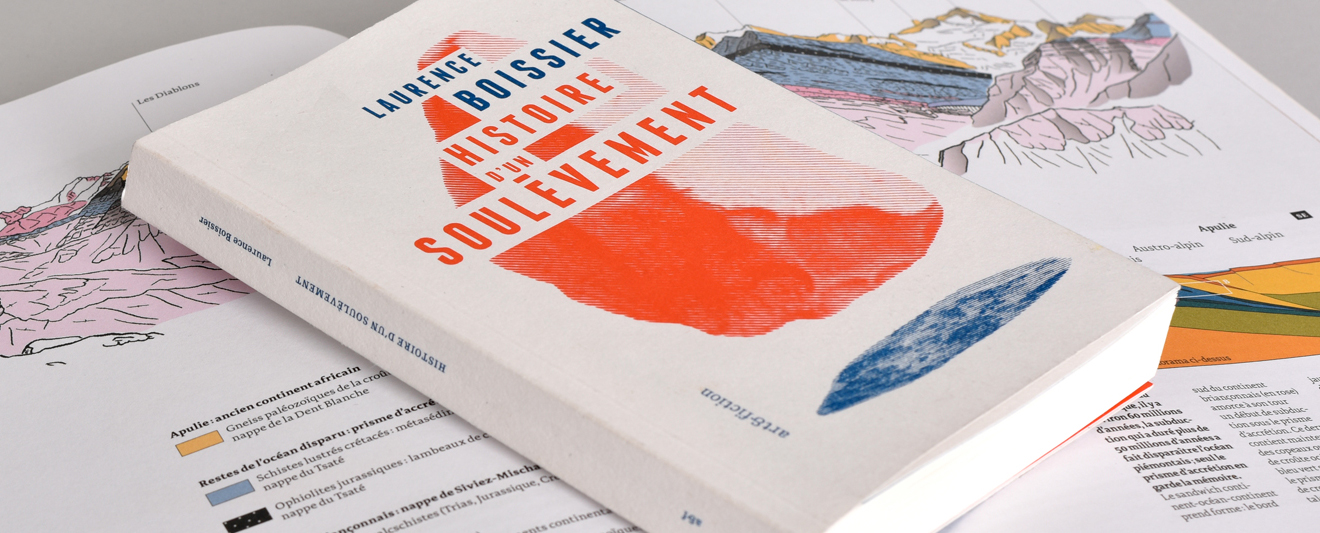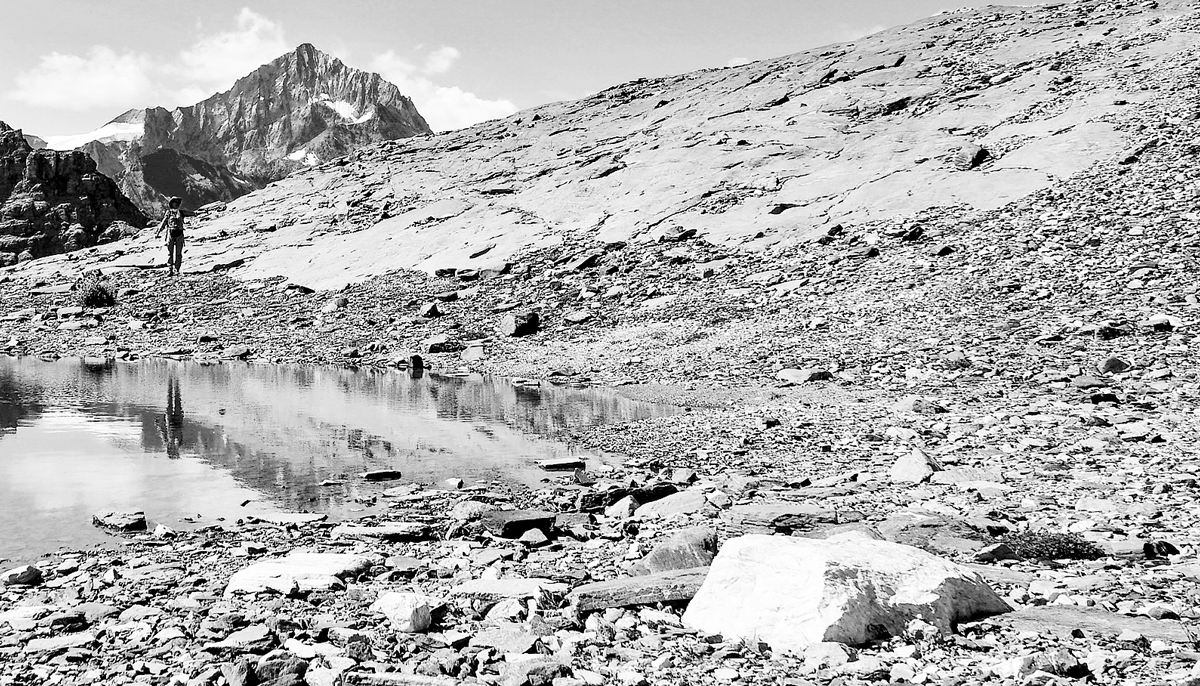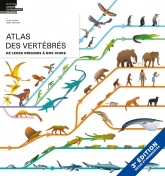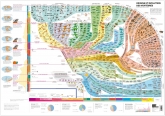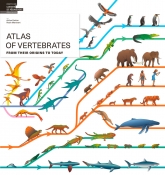The African Matterhorn
- A geological history of the Alps
- Including a glossary and numerous drawings and captions
- Essential reading for anyone interested in science and nature and wishing to know more about the origins, development and erosion of mountain ranges such as the Alps
Once upon a time, long, long ago, the Earth comprised one huge continent, Pangea, that was washed by a single vast ocean. The first dinosaurs walked in that distant morning, 250 million years ago, and it was then that the geological history of the Alps can be said to have begun.
This book invites any reader curious about our planet to embark on an immense journey through time and space. The planet’s saga is recorded in its own prodigious memory, inscribed in its very rocks and landscapes. The mountains of the world – which once were deserts, savannahs, tropical rain forests, sea shores or ocean depths – are the offspring of the vast, slow drifting oceans and continents.
From an astronaut’s point of view
Foreword
From a geologist’s point of view
Preamble
How to get the most from this book
Introduction
Our Earth’s prodigious memory
Chapter I
The long trek of continents and oceans
Chapter II
Break-up of Pangaea
Chapter III
The Tethys Sea and her oceanic sisters
Chapter IV
Subduction, or submerging oceans
Chapter V
Collision: A slow, deep upheaval
Chapter VI
Humans, glaciers and the Alps today
Appendix I: images summarising how the Alps were formed
Break-up of Pangaea and birth of the Tethys Ocean during the Triassic
Expansion of the ocean and subsidence of its margins during the Jurassic
Subduction beneath Apulia and construction of the accretionary prism during the Cretaceous
Collision of Europe, Iberia and Apulia during the Cenozoic (Tertiary) era
Uplift and concurrent erosion of the Alps, from the end of the Tertiary to the Quaternary period
Appendix II
Bibliography
Appendix III
Index
Appendix IV
Glossary
Appendix V
Acknowledgements

